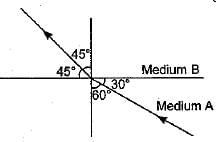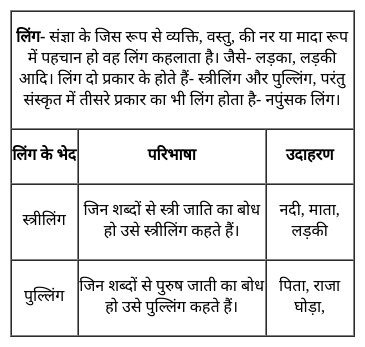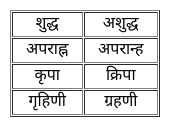HTET TGT Science Mock Test - 5 - HTET MCQ
30 Questions MCQ Test - HTET TGT Science Mock Test - 5
One of your colleagues who have recently joined as a teacher wants to know from you the effective ways by which she can prove to be a successful teacher. As an experienced teacher, you point her out the most important factor responsible for the success of an individual starting his career as a teacher. It is the
You are starting to use picture comprehension in your classes to make the process of learning easier for your students. As a teacher, you believe that picture comprehension helps in promoting __________ in students.
Answer the following question by selecting the most appropriate option.
Gifted students:
Gifted students:
Which one of the following is a form of Sternberg's Triarchic Theory of Intelligence?
When children learn a concept and use it, practice helps in reducing the errors committed by them. This idea was given by:
A person, who is a fluent speaker, is likely to possess:
Which of the following strategies is associated to the idea of formative assessment?
Fill in the blanks with the correct preposition.
My mother’s plant is ____ the TV.
Direction: In the following question, the sentences have been given in Active/ Passive Voice. From the given alternatives, choose the one that best expresses the given sentence in Passive/ Active Voice.
A lion does not eat grass, however hungry he may be.
If 25% of A is added to 50% of B, the resultant will be 90% of B. What percentage of A is B?
The average weight of A, B, C and D is 64 kg. If the average weight of A and B is 50 kg and that of B, C and D is 70 kg, what is the weight of B?
Where should an object be placed in front of convex lens so as to obtain the image formed on slide projector ?
Figure shows a ray of light as it travels from medium A to medium B. Refractive index of the medium B relative to medium A is

In which year the nucleus of the cell was discovered?
While cooking, if the bottom of the vessel is getting blackened on the outside, it means that:
An atom is represented by symbol 2314M. What does the number 23 represent?
When iron filings are added to a blue coloured copper sulphate solution, what colour change would you observe in solution?
A lamp consumes 1000 J of electrical energy in 10 seconds. What is its power?




















